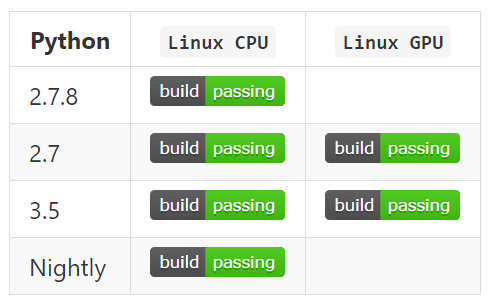Python程序打包方式有多种,每种方式都有其优势和适用场景。下面是常见的Python程序打包方式及其优势和适用场景,并给出详细的用法示例:
PyInstaller:
示例:
# 安装PyInstaller
pip install pyinstaller
# 打包程序
pyinstaller --onefile your_script.pycx_Freeze:
# 安装cx_Freeze
pip install cx_Freeze
# 创建setup.py文件
# setup.py文件内容如下:
from cx_Freeze import setup, Executable
setup(
name="Your Program",
version="1.0",
description="Description of your program",
executables=[Executable("your_script.py")]
)
# 执行打包命令
python setup.py buildPy2exe:
# 安装py2exe
pip install py2exe
# 创建setup.py文件
# setup.py文件内容如下:
from distutils.core import setup
import py2exe
setup(
console=["your_script.py"]
)
# 执行打包命令
python setup.py py2exe# 创建setup.py文件
# setup.py文件内容如下:
from setuptools import setup
setup(
name="Your Package",
version="1.0",
description="Description of your package",
py_modules=["your_module"],
entry_points={
'console_scripts': [
'your_script = your_module:main'
]
}
)
# 执行打包命令
python setup.py sdist以上是常见的Python程序打包方式及其优势和适用场景。根据具体需求和目标平台,选择适合的打包方式可以方便地分发和部署Python程序。
限 时 特 惠: 本站每日持续更新海量各大内部创业教程,一年会员只需98元,全站资源免费下载 点击查看详情
站 长 微 信: lzxmw777
声明:本站所有文章,如无特殊说明或标注,均为本站原创发布。任何个人或组织,在未征得本站同意时,禁止复制、盗用、采集、发布本站内容到任何网站、书籍等各类媒体平台。如若本站内容侵犯了原著者的合法权益,可联系我们进行处理。






